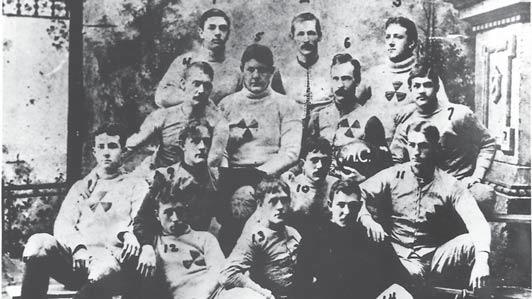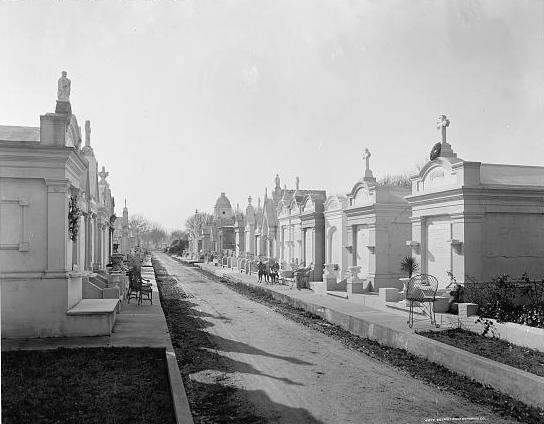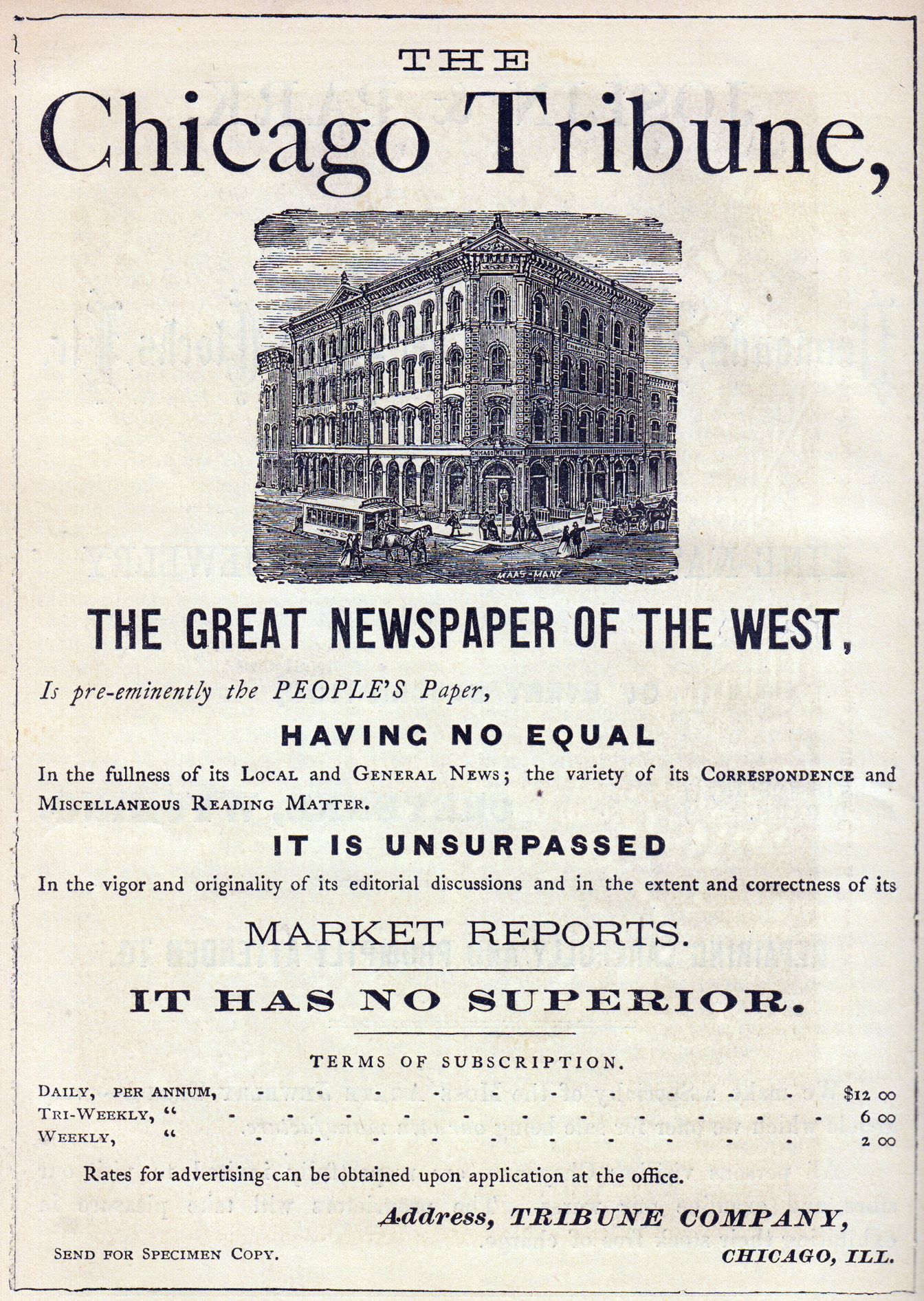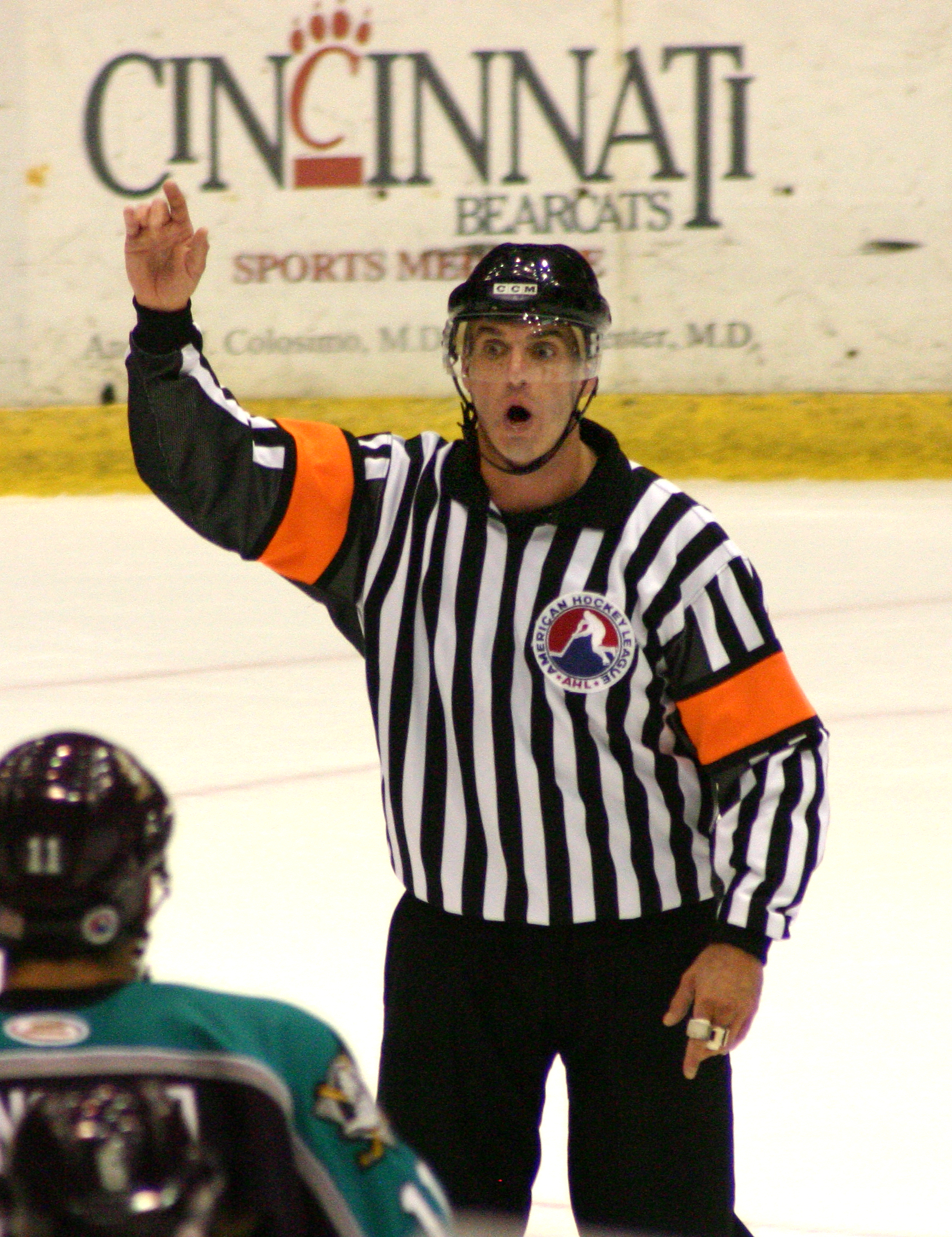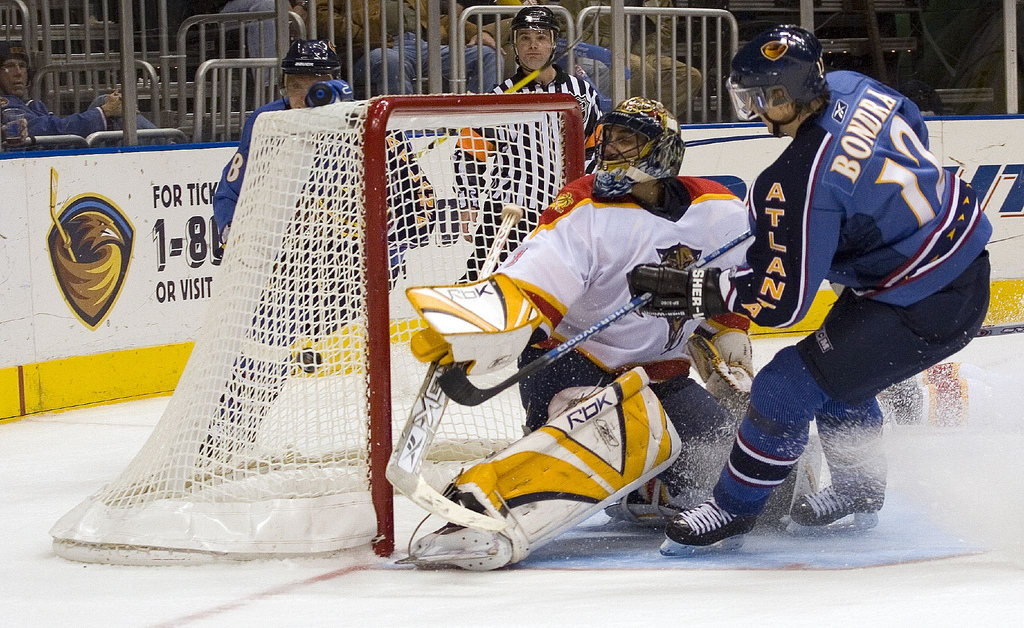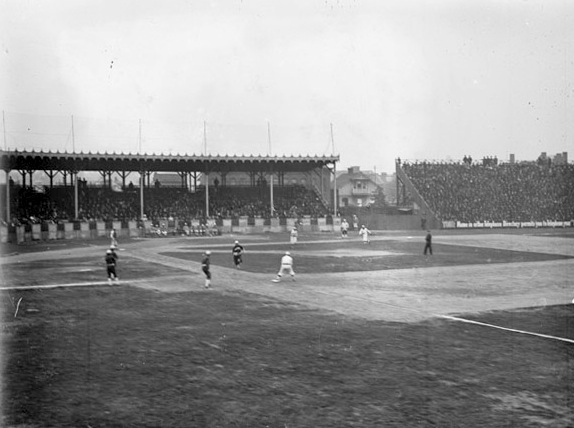|
T. L. Bayne
Thomas Levingston Bayne Jr. (July 25, 1865 – August 21, 1934) was an American football player, coach of football and baseball, and attorney. He served as the first head football coach at Tulane University in 1893 and returned for a second season in 1895. Bayne was responsible for helping to introduce the sport of football to the city of New Orleans with an inter-club game in 1892. In 1893, he helped establish the intercollegiate program at Louisiana State University. He also coached the baseball team at Tulane for two seasons. Early life A native of New Orleans, Bayne was born the son of Thomas Levingston Bayne, a reputable lawyer of the city, former Confederate Army lieutenant colonel, and son-in-law of Alabama governor John Gayle.Ned HémardFootball In New Orleans New Year’s Day, 1890(PDF), New Orleans Bar Association, 2008. The younger Bayne attended Yale University and graduated as a member of the Class of 1887. In 1884, he played on the Yale football team as a ... [...More Info...] [...Related Items...] OR: [Wikipedia] [Google] [Baidu] |
Cambridge, Maryland
Cambridge is a city in Dorchester County, Maryland, United States. The population was 13,096 at the 2020 census. It is the county seat of Dorchester County and the county's largest municipality. Cambridge is the fourth most populous city in Maryland's Eastern Shore region, after Salisbury, Elkton and Easton. History Colonial era Settled by English colonists in 1684, Cambridge is one of the oldest colonial cities in Maryland. At the time of English colonization, the Algonquian-speaking Choptank Indians were wandering along the river of the same name. During the colonial years, the English colonists developed farming on the Eastern Shore. The largest plantations were devoted first to tobacco, and then mixed farming. Planters bought enslaved people to farm tobacco and mixed farming. The town was a trading center for the area. The town pier was the center for slave trading for the region, a history well documented by historical markers throughout the town center. National e ... [...More Info...] [...Related Items...] OR: [Wikipedia] [Google] [Baidu] |
Hugh Aiken Bayne
Hugh Aiken Bayne (15 February 1870 in New Orleans – 24 December 1954 in New Haven, Connecticut) was the son of Thomas Levingston Bayne, a lawyer who fought in the Civil War. His grandfather John Gayle was a Congressman and Governor of Alabama. Bayne attended Yale University, where he graduated in 1892 with an AB. While at Yale, he published ''The Tales of Temple Bar: A Prologue'' (1891), a collection of his comic writing for campus humor magazine '' The Yale Record''. He was a member of Skull and Bones. He would later receive an honorary LLD from Tulane University. In the same year he was admitted to the bar, and began the practice of law in New Orleans. Bayne moved to New York City in 1898, where he would continue the practice of law until 1919. From 1905 to 1914 he was a member of the storied law firm Strong & Cadwalader of New York City. During World War I, he served as a major judge advocate in the Adjutant Generals Office, as a counsel on the Prisoners of Wa ... [...More Info...] [...Related Items...] OR: [Wikipedia] [Google] [Baidu] |
Metairie Cemetery
Metairie Cemetery is a cemetery in southeastern Louisiana. The name has caused some people to mistakenly presume that the cemetery is located in Metairie, Louisiana, but it is located within the New Orleans city limits, on Metairie Road (and formerly on the banks of the since filled-in Bayou Metairie). History This site was previously a horse racing track, Metairie Race Course, founded in 1838. The race track was the site of the famous Lexington-Lecomte Race, April 1, 1854, billed as the "Great States” race. Former President Millard Fillmore attended. While racing was suspended because of the American Civil War, it was used as a Confederate Camp ( Camp Moore) until David Farragut took New Orleans for the Union in April 1862. Metairie Cemetery was built upon the grounds of the old Metairie Race Course after it went bankrupt. The race track, which was owned by the Metairie Jockey Club, refused membership to Charles T. Howard, a local resident who had gained his wealth by ... [...More Info...] [...Related Items...] OR: [Wikipedia] [Google] [Baidu] |
Fred Sweet
Fred Sweet was an American college football College football (french: Football universitaire) refers to gridiron football played by teams of student athletes. It was through college football play that American football rules first gained popularity in the United States. Unlike most ... coach. He served as the head coach at Tulane University in 1894. Tulane recorded a 0–4 record that season. , College Football Data Warehouse, retrieved December 12, 2010. Head coaching record References Year of birth missing[...More Info...] [...Related Items...] OR: [Wikipedia] [Google] [Baidu] |
Chicago Daily Tribune
The ''Chicago Tribune'' is a daily newspaper based in Chicago, Illinois, United States, owned by Tribune Publishing. Founded in 1847, and formerly self-styled as the "World's Greatest Newspaper" (a slogan for which WGN radio and television are named), it remains the most-read daily newspaper in the Chicago metropolitan area and the Great Lakes region. It had the sixth-highest circulation for American newspapers in 2017. In the 1850s, under Joseph Medill, the ''Chicago Tribune'' became closely associated with the Illinois politician Abraham Lincoln, and the Republican Party's progressive wing. In the 20th century under Medill's grandson, Robert R. McCormick, it achieved a reputation as a crusading paper with a decidedly more American-conservative anti-New Deal outlook, and its writing reached other markets through family and corporate relationships at the ''New York Daily News'' and the ''Washington Times-Herald.'' The 1960s saw its corporate parent owner, Tribune Company, reac ... [...More Info...] [...Related Items...] OR: [Wikipedia] [Google] [Baidu] |
Umbrella
An umbrella or parasol is a folding canopy supported by wooden or metal ribs that is usually mounted on a wooden, metal, or plastic pole. It is designed to protect a person against rain or sunlight. The term ''umbrella'' is traditionally used when protecting oneself from rain, with ''parasol'' used when protecting oneself from sunlight, though the terms continue to be used interchangeably. Often the difference is the material used for the canopy; some parasols are not waterproof, and some umbrellas are transparent. Umbrella canopies may be made of fabric or flexible plastic. There are also combinations of parasol and umbrella that are called ''en-tout-cas'' (French for "in any case"). Umbrellas and parasols are primarily hand-held portable devices sized for personal use. The largest hand-portable umbrellas are golf umbrellas. Umbrellas can be divided into two categories: fully collapsible umbrellas, in which the metal pole supporting the canopy retracts, making the umbrella sm ... [...More Info...] [...Related Items...] OR: [Wikipedia] [Google] [Baidu] |
Referee
A referee is an official, in a variety of sports and competition, responsible for enforcing the rules of the sport, including sportsmanship decisions such as ejection. The official tasked with this job may be known by a variety of other titles depending on the sport, including umpire, judge, arbiter (chess), commissaire, or technical official (by the International Olympic Committee). Referees may be assisted by umpires, linesmen, timekeepers, touch judges, or video review officials. Football (association) Originally team captains would consult each other in order to resolve any dispute on the pitch. Eventually this role was delegated to an ''umpire''. Each team would bring their own partisan umpire allowing the team captains to concentrate on the game. Later, the referee, a third "neutral" official was added; this ''referee'' would be "referred to" if the umpires could not resolve a dispute. The referee did not take his place on the pitch until 1891, when the umpires ... [...More Info...] [...Related Items...] OR: [Wikipedia] [Google] [Baidu] |
Goal (sport)
In sport, a goal may refer to either an instance of scoring, or to the physical structure or area where an attacking team must send the ball or puck in order to score points. The structure of a goal varies from sport to sport, and one is placed at or near each end of the playing field for each team to defend. For many sports, each goal structure usually consists of two vertical posts, called ''goal posts'', supporting a horizontal ''crossbar''. A ''goal line'' marked on the playing surface between the goal posts demarcates the goal area. Thus, the objective is to send the ball or puck between the goal posts, under or over the crossbar (depending on the sport), and across the goal line. Other sports may have other types of structures or areas where the ball or puck must pass through, such as the basketball hoop. Sports which feature goal scoring are also commonly known as invasion games. In several sports, sending the ball or puck into the opponent's goal structure or area is ... [...More Info...] [...Related Items...] OR: [Wikipedia] [Google] [Baidu] |
Charles E
Charles is a masculine given name predominantly found in English and French speaking countries. It is from the French form ''Charles'' of the Proto-Germanic name (in runic alphabet) or ''*karilaz'' (in Latin alphabet), whose meaning was "free man". The Old English descendant of this word was '' Ċearl'' or ''Ċeorl'', as the name of King Cearl of Mercia, that disappeared after the Norman conquest of England. The name was notably borne by Charlemagne (Charles the Great), and was at the time Latinized as ''Karolus'' (as in ''Vita Karoli Magni''), later also as '' Carolus''. Some Germanic languages, for example Dutch and German, have retained the word in two separate senses. In the particular case of Dutch, ''Karel'' refers to the given name, whereas the noun ''kerel'' means "a bloke, fellow, man". Etymology The name's etymology is a Common Germanic noun ''*karilaz'' meaning "free man", which survives in English as churl (< Old English ''ċeorl''), which developed its depr ... [...More Info...] [...Related Items...] OR: [Wikipedia] [Google] [Baidu] |
Baton Rouge, Louisiana
Baton Rouge ( ; ) is a city in and the capital of the U.S. state of Louisiana. Located the eastern bank of the Mississippi River, it is the parish seat of East Baton Rouge Parish, Louisiana's most populous parish—the equivalent of counties in other U.S. states. Since 2020, it has been the 99th-most-populous city in the United States and the second-largest city in Louisiana, after New Orleans; Baton Rouge is the 18th-most-populous state capital. According to the 2020 United States census, the city-proper had a population of 227,470; its consolidated population was 456,781 in 2020. The city is the center of the Greater Baton Rouge area—Louisiana's second-largest metropolitan area—with a population of 870,569 as of 2020, up from 802,484 in 2010. The Baton Rouge area owes its historical importance to its strategic site upon the Istrouma Bluff, the first natural bluff upriver from the Mississippi River Delta at the Gulf of Mexico. This allowed development of a business qu ... [...More Info...] [...Related Items...] OR: [Wikipedia] [Google] [Baidu] |
Sportsman's Park (New Orleans)
Sportsman's Park was the name of several former Major League Baseball ballpark structures in St. Louis, Missouri. All but one of these were located on the same piece of land, at the northwest corner of Grand Boulevard and Dodier Street, on the north side of the city. History Sportsman's Park was the home field of both the St. Louis Browns of the American League, and the St. Louis Cardinals of the National League from 1920 to 1953, when the Browns relocated to Baltimore and were rebranded as the Orioles. The physical street address was 2911 North Grand Boulevard. The ballpark (by then known as Busch Stadium, but still commonly called Sportsman's Park) was also the home to professional football: in , it hosted St. Louis' first NFL team, the All-Stars, and later hosted the St. Louis Cardinals of the National Football League from 1960 (following the team's relocation from Chicago) until 1965, with Busch Memorial Stadium opening its doors in 1966. 1881 structure Baseb ... [...More Info...] [...Related Items...] OR: [Wikipedia] [Google] [Baidu] |
1893 LSU Football Team
The 1893 LSU football team represented Louisiana State University (LSU) during the 1893 college football season. This was the first year that LSU sponsored a football team. The Tigers were coached by university professor Dr Charles E. Coates against in-state school Tulane of New Orleans. The game sparked a rivalry between the Tigers and the Green Wave that has lasted generations. Future Louisiana governor Ruffin G. Pleasant Ruffin Golson Pleasant (June 2, 1871 – September 12, 1937) was the 36th Governor of Louisiana from 1916 to 1920, who is remembered for having mobilized his state for World War I. Prior to his governorship, Pleasant was the Louisiana attorne ... was the quarterback and captain of the LSU team. In the first game against Tulane, LSU football players wore purple and gold ribbons on their uniforms. According to legend, purple and gold were chosen because they were Mardi Gras colors, and the green of Mardi Gras was sold out. An LSU baseball team ... [...More Info...] [...Related Items...] OR: [Wikipedia] [Google] [Baidu] |
